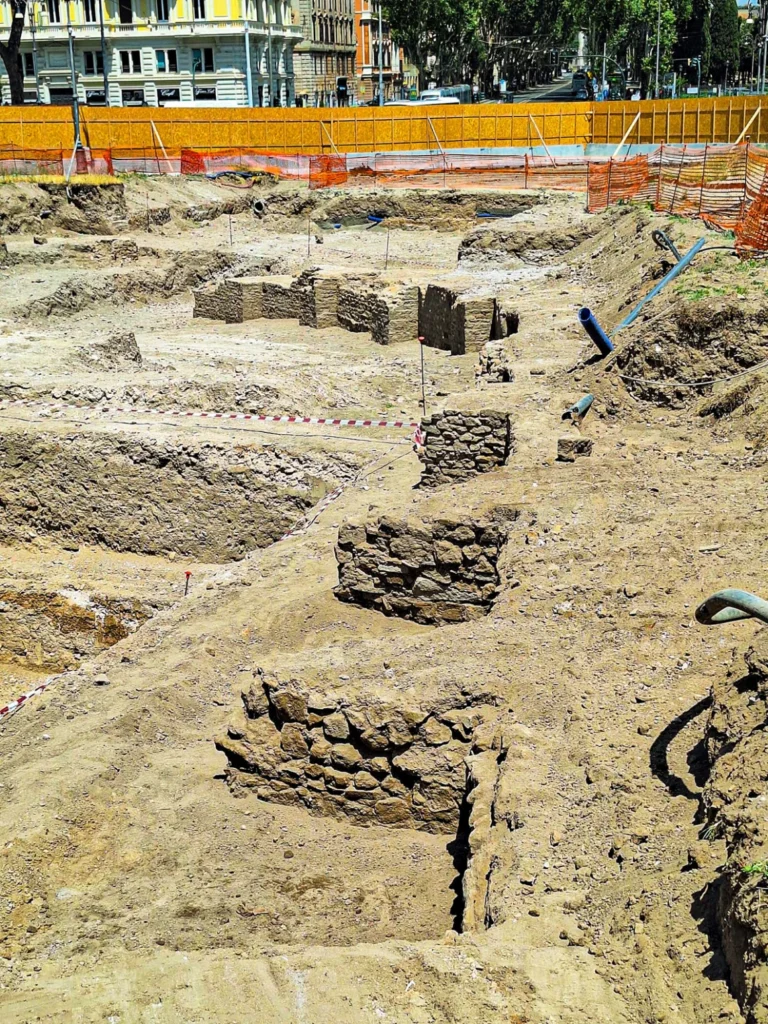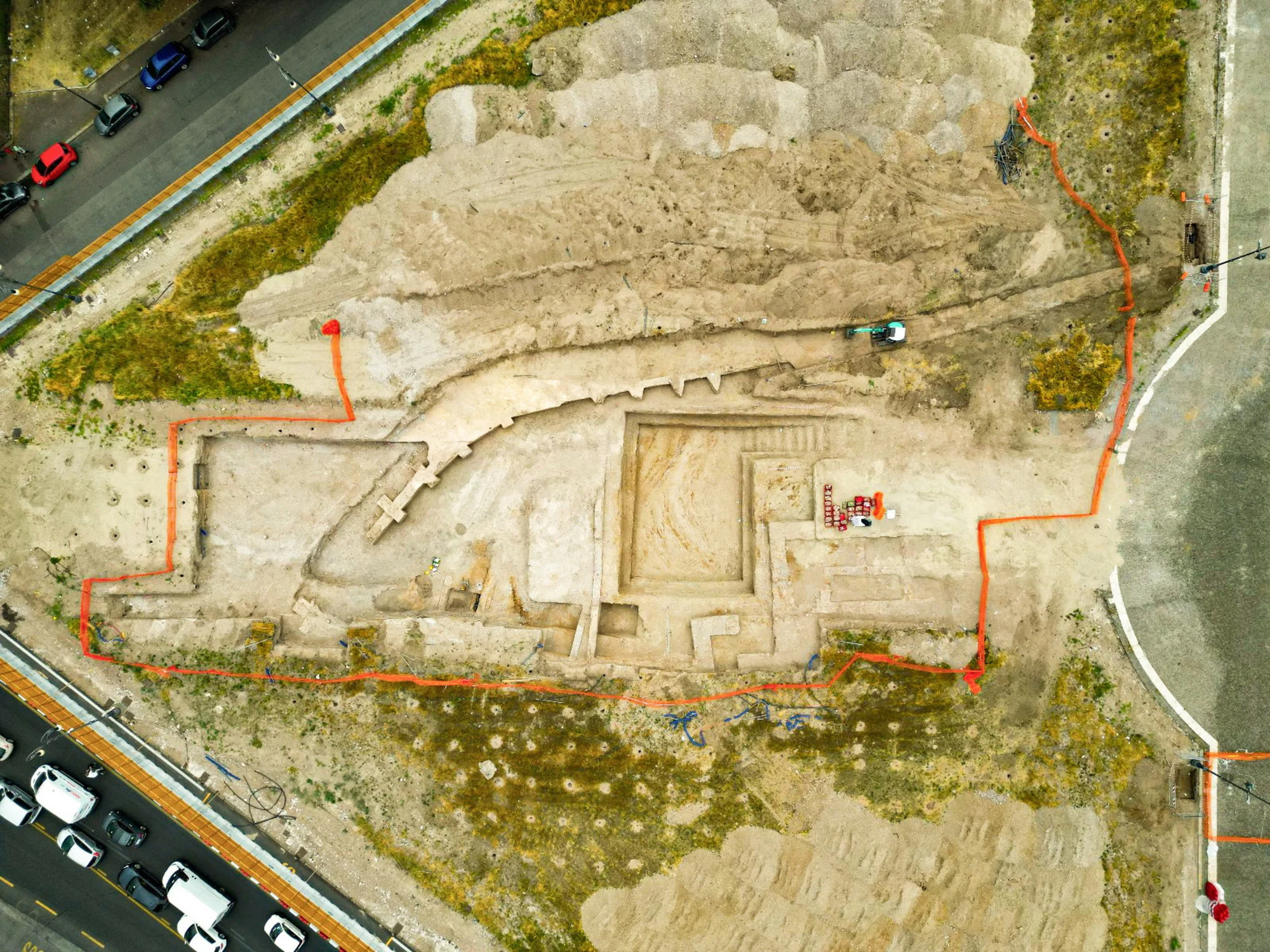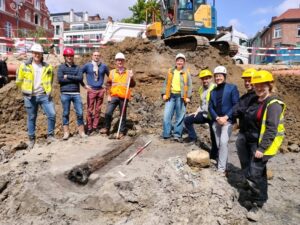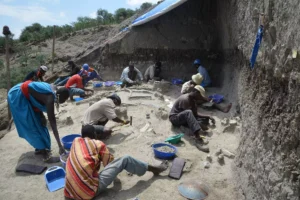Archaeologists in Rome have uncovered the remains of an ancient building believed to have served as a residence for early popes, long before the establishment of the Vatican. The discovery was made during redevelopment work at Piazza San Giovanni in Laterano, as part of the city’s preparations for the 2025 Catholic Jubilee Year.
Medieval Walls Linked to Early Papal History
According to Italy’s Ministry of Culture, walls unearthed on the eastern side of the excavation site date back to between the 9th and 13th centuries. Experts believe the ruins may be part of the Lateran Patriarchate, the original seat of the papacy before it moved to Avignon and later to Vatican City.
The Patriarchate originally included a monumental reception hall and was later expanded to serve as the central papal residence and administrative hub during the Middle Ages. It remained in use until around 1305, when the papacy temporarily relocated to Avignon, France.
Defensive Structure from a Time of Turmoil
The Ministry noted that the exposed wall was built using repurposed materials from other long-lost structures. Evidence of multiple restoration phases was found, and scholars suggest the wall may have served a defensive purpose during a period of social unrest among Rome’s aristocratic families.

First Major Excavation in the Historic Square
This marks the first large-scale excavation ever carried out at Piazza San Giovanni, a site deeply woven into the history of the Catholic Church. Culture Minister Gennaro Sangiuliano described the findings as “yet another testament to the richness of Roman soil and its inexhaustible archaeological treasures.”
Separate Discovery May Link to Emperor Caligula
In a related project in Piazza Pia, near the Vatican, archaeologists uncovered a garden layout believed to be part of a lavish estate belonging to Emperor Caligula. A lead pipe inscribed with a date from 37 to 41 CE provided key dating evidence. According to archaeologist Alessio De Cristofaro, Caligula may have inherited the property following the deaths of his parents, Germanicus and Agrippina the Elder.
Findings Will Remain In Situ for Further Study
As part of the cultural preservation strategy, all structures discovered will remain in situ. Detailed studies and potential public display projects are currently under consideration.
Cover photo: An aerial image of the newly unearthed comple outside the Archbasilica of St John Lateran in Rome. Italian Ministry of Culture





